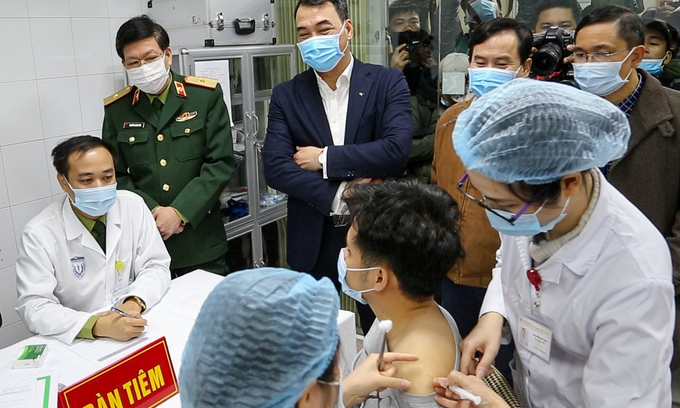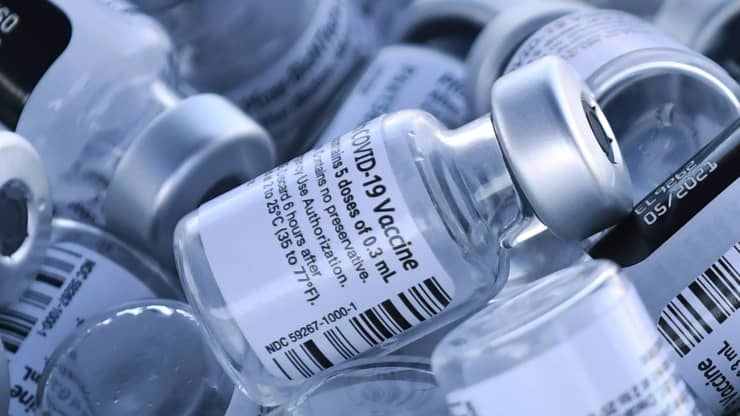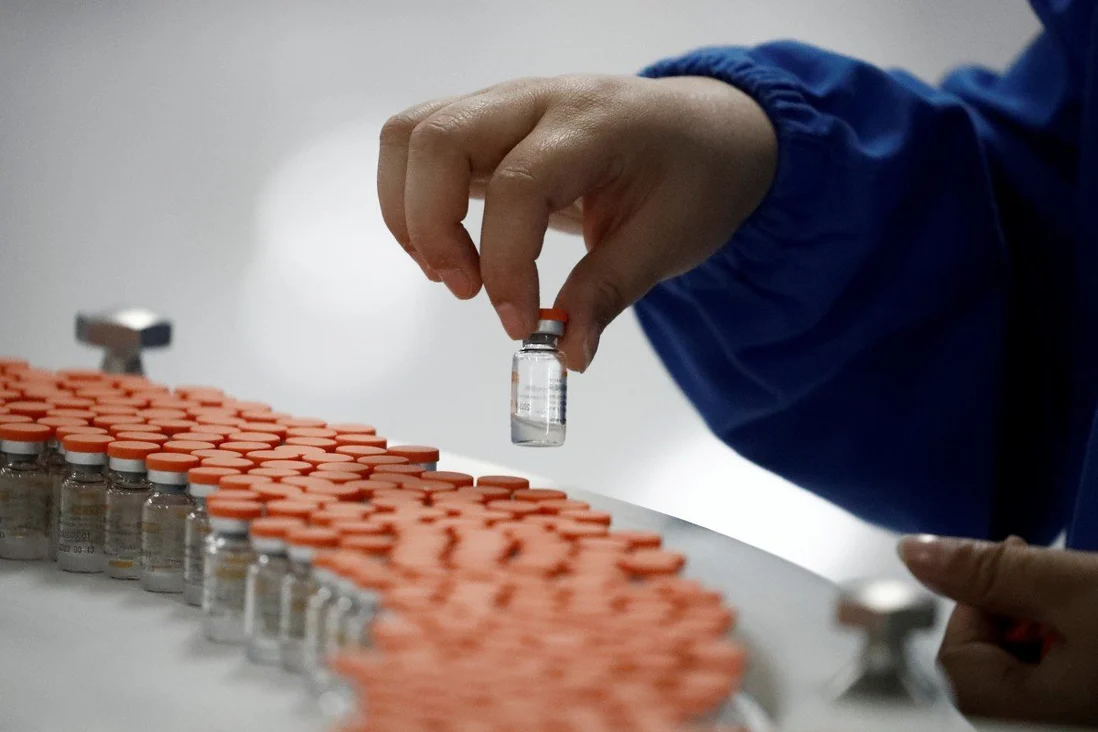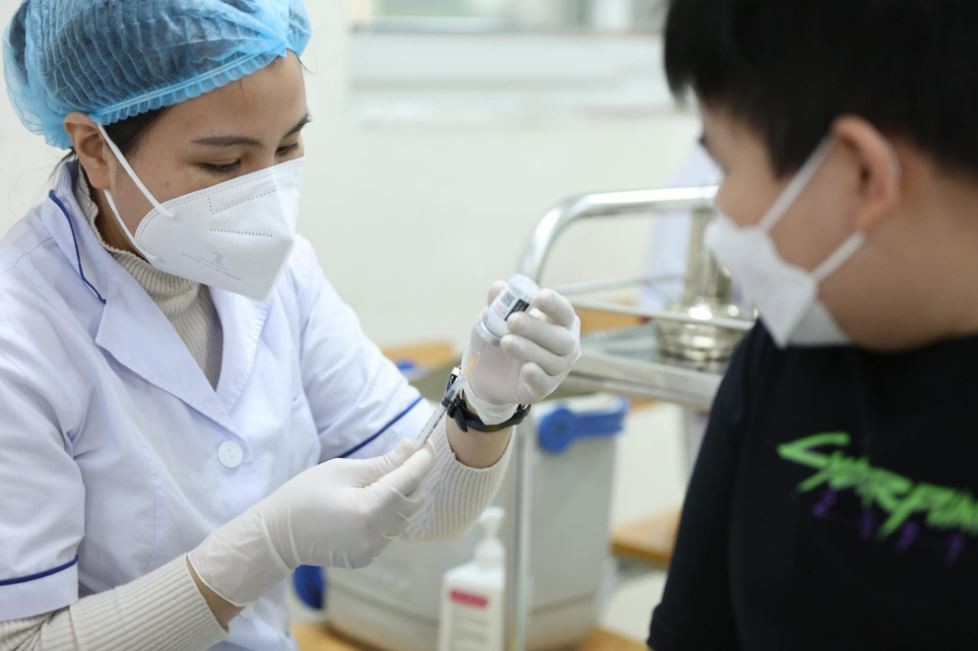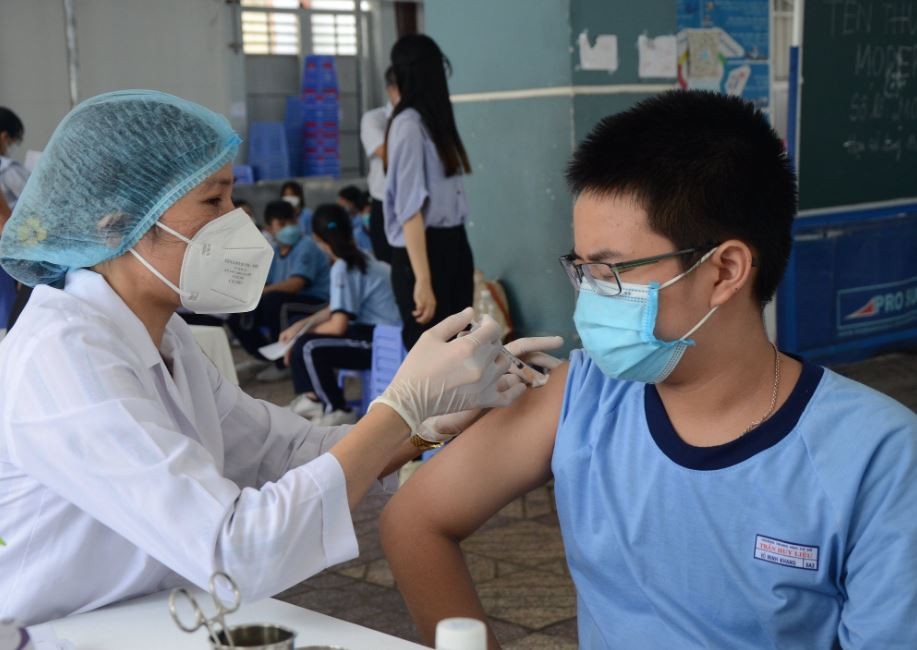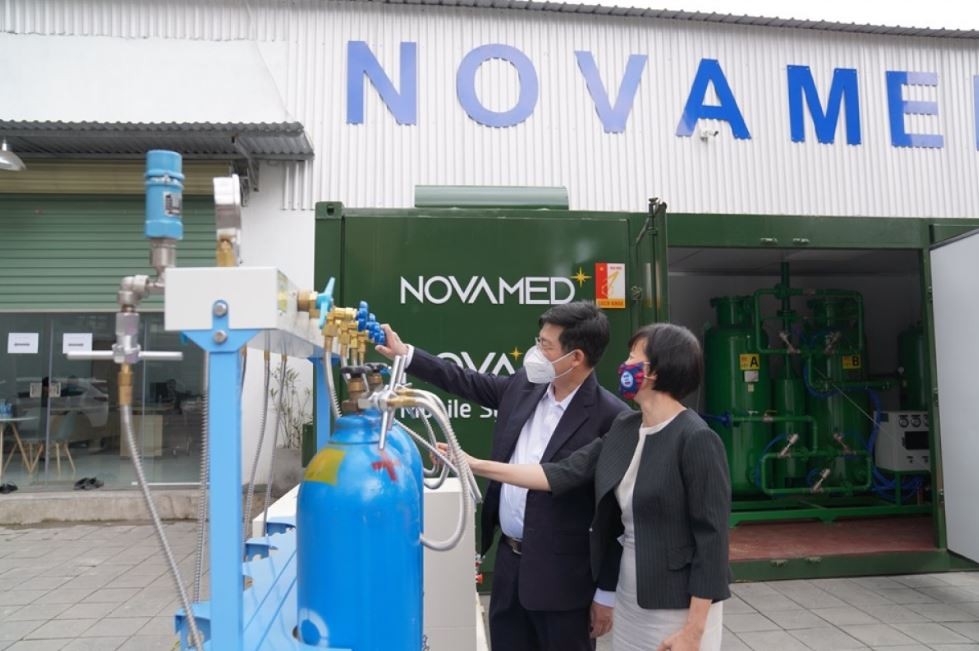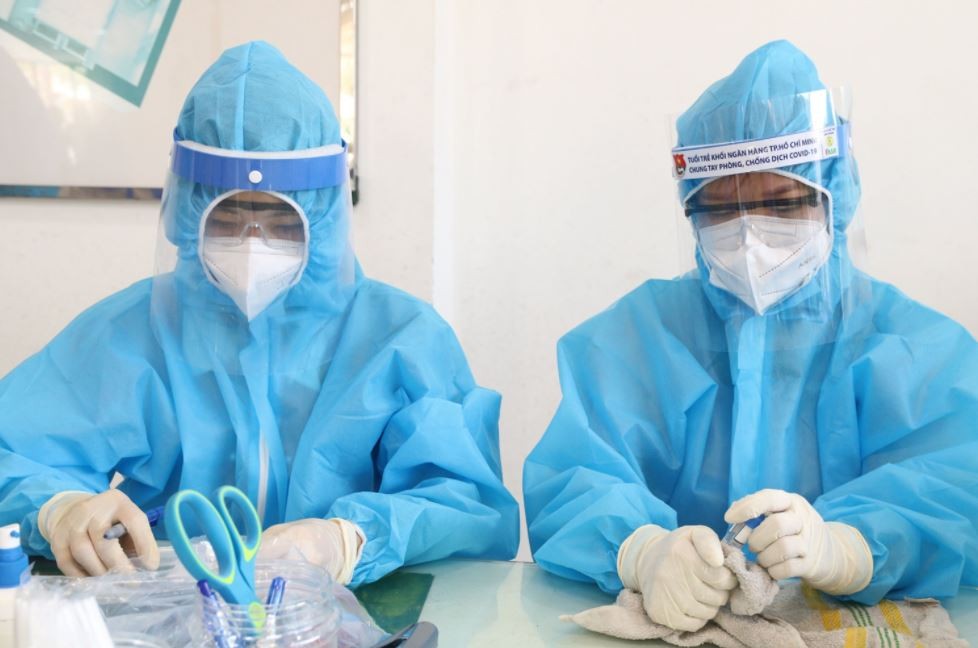What is COVAX and Why is it one of most important acronym in 2021?
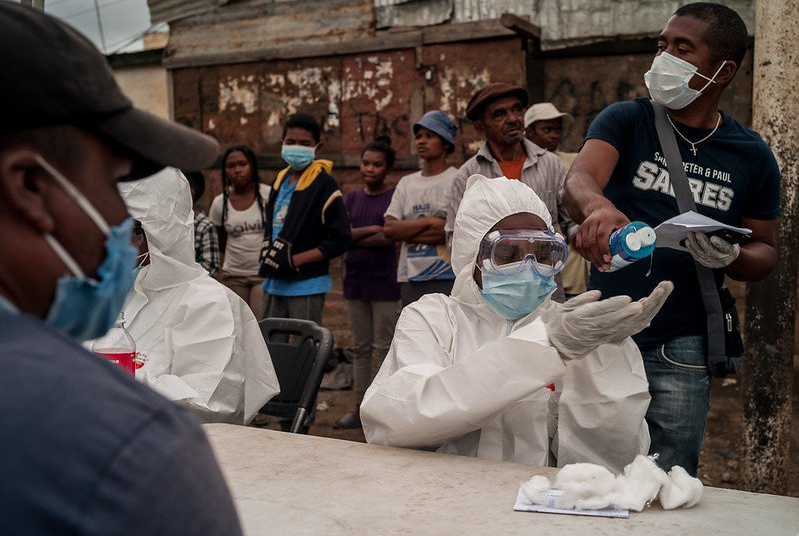 |
| A COVID-19 testing center in Madagascar, where the pandemic has exacerbated hunger and economic instability. Madagascar is one of 92 countries that will be supported by the COVAX Advance Market Commitment. (Photo: World Bank) |
What is COVAX?
COVAX is a global vaccine-sharing initiative jointly co-ordinated by the World Health Organization, the Coalition for Epidemic Preparedness Innovations, and Gavi, The Vaccine Alliance. According to the WHO website, the goal of COVAX is "to accelerate the development and manufacture of COVID-19 vaccines, and to guarantee fair and equitable access for every country in the world."
It was launched in April 2020, in response to the pandemic, as part of a four-pronged effort by WHO and partners to support global efforts to fight the disease. (In addition to vaccines, the other three pillars of that effort are diagnostics, treatment, and health-system strengthening).
COVAX brings together experts from around the world to collaborate on the research and development of a wide range of COVID-19 vaccine candidates and the manufacturing, procurement, and delivery of the vaccines once approved. Through a mechanism known as the COVAX Facility, the partnership aims to secure and equitably allocate 2 billion doses of COVID-19 vaccines by the end of 2021. The vaccines are targeted for World Health Organization (WHO)-defined priority populations, including frontline health care workers and other groups at high risk.
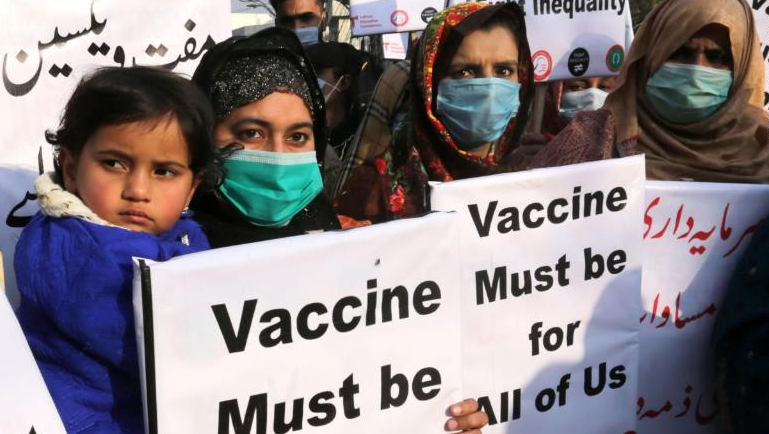 |
| Women hold placards to demand the fair distribution of vaccines during a protest in Lahore, Pakistan, on January 29, 2021. (Photo: CNN) |
How does COVAX work?
The program pools funds from wealthier countries that are used not only to buy vaccines for those countries but also to ensure low- and middle-income countries have access. According to the Gavi website, higher-income, "self-financing" countries pay into the procurement platform of COVAX, to place vaccine orders for their own populations, as part of a financial mechanism known as Advance Market Commitment (AMC).
"Upfront payments on these orders will help [COVAX] ensure that manufacturing is ramped up before vaccines have been approved, not after," Gavi's website states. Countries have to submit a detailed plan for handling and distributing the shot -- any country that's signed up to the program is eligible to receive a vaccine.
Once vaccines are approved by WHO, AMC funds will then pay for the purchase of vaccines for lower-income countries. So, the participation of wealthier countries is part of the program's design. COVAX has agreements with multiple vaccine-makers to buy about two billion doses this year, which will be distributed among the member nations to vaccinate up to one-fifth of each country's population. Under the program, half of the two billion doses would go to lower-income countries.
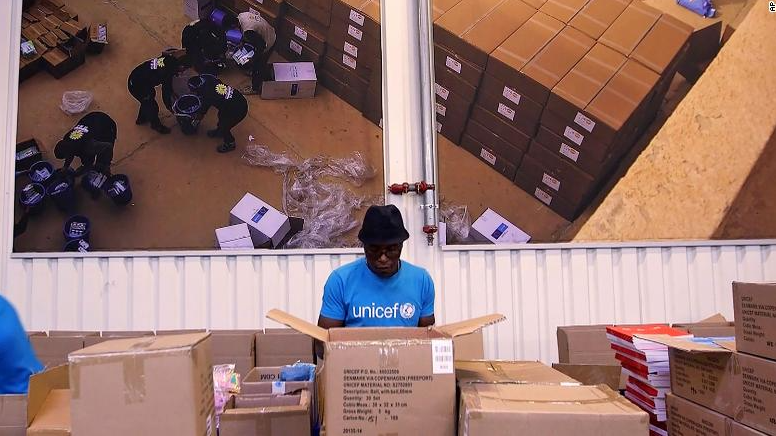 |
| Work inside the UNICEF warehouse in Copenhagen, Denmark, in October 2020, laying the groundwork for COVAX. (Photo: CNN) |
Who gets involved?
Gavi, the Vaccine Alliance (Gavi), the Coalition for Epidemic Preparedness Innovations, and WHO co-lead COVAX. Gavi coordinates the COVAX Facility. These organizations are global nonprofit and multilateral leaders in vaccine development and distribution, but they can’t do it alone. Success depends upon governments joining and vaccine manufacturers agreeing to make vaccines available.
So far, 190 countries (soon to be 191, once the United States formally joins) are participating in the COVAX Facility. This includes most of the 92 countries that are eligible for donor-funded doses through the COVAX Advance Market Commitment (AMC)—an innovative financing mechanism through which the world’s poorest countries will gain access to COVID-19 vaccines, said PATH.
The ability to gain timely, equitably access to vaccines is clearly beneficial for lower-income countries. The benefit to higher-income countries is the protection that COVAX can provide by investing in a broad portfolio of vaccines as well as competitive prices.
Globally, 96 to 153 million doses of the vaccine will be distributed through Covax in the first half of 2021. For Covax's first interim distribution forecast, the provided doses would be able to cover 3.3 percent of the total population of the 145 member nations of the facility on average, including Vietnam.
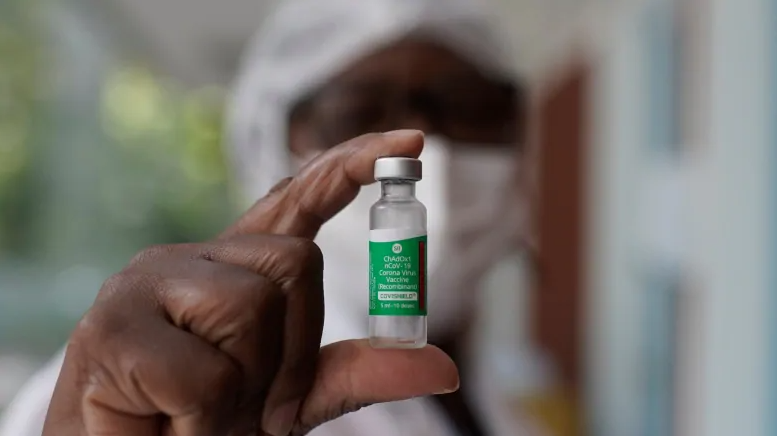 |
| A health worker shows a vial of the Oxford-AstraZeneca COVID-19 vaccine in Rio de Janeiro earlier this month. (Photo: AP) |
Why do we need COVAX?
The race to produce vaccines for billions of people at once is uncharted territory. And with a disease like COVID-19, it’s critical to ensure broad coverage and equitable access.
Equitable vaccine distribution isn’t just ethical—it’s essential for controlling the spread. COVID-19 doesn’t respect borders, and its variants are adding additional urgency and uncertainty. No one is safe until everyone is safe. Developing a vaccine requires that the best minds work together. A number of vaccines have been approved for emergency use by national governments and have or are in the process of securing WHO approval, which will allow for broader distribution.
Even as these COVID-19 vaccines begin to roll out, demand still far outpaces supply by billions of doses, and most countries have yet to obtain any. More vaccine candidates are in development across the globe, and COVAX is working to quickly narrow the gap between the time of first introductions and global allocation.
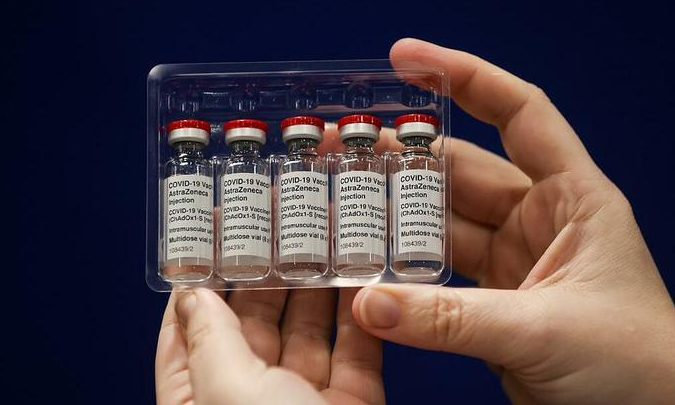 |
| Vials with AstraZeneca's Covid-19 vaccine are seen at the vaccination center in the Newcastle Eagles Community Arena, Britain, on January 30, 2021. (Photo: Reuters) |
Why COVAX is important in 2021?
The relative obscurity of this vaccine program belies its critical role in the global battle against Covid-19. Indeed, COVAX may well be the most important acronym of 2021. As vaccine nationalism rears its ugly head, it's the best - perhaps the only - bet on getting billions of doses to lower- and middle-income countries.
For now, only two vaccines are approved for distribution through COVAX - those made by Pfizer-BioNTech and AstraZeneca - but Gavi says it will need as many vaccine candidates as possible to reach its target. Chinese vaccines - none of which had been approved for use by the COVAX facility by the beginning of February - may make up part of the shortfall in the developing world. Chinese authorities have embarked on an ambitious round of vaccine diplomacy, and have pledged to donate 10 million doses of Chinese-made vaccines to COVAX.
According to Gavi, Southeast Asia is projected to receive 695 million doses by the end of 2021, and Africa 540 million doses. A swath of the Middle East, Afghanistan, and Pakistan should receive 355 million doses by December, according to WHO. PAHO says it aims to distribute 280 million doses to the Americas by the end of the year.
Several countries in eastern Europe, including Ukraine and Moldova, are also eligible for subsidized COVAX supplies. More than a billion of the doses needed are likely to be produced by the Serum Institute of India (SII), the world's biggest vaccine maker, at a cost of about $3 per shot, thanks to collaboration by Gavi, the Bill & Melinda Gates Foundation and SII.
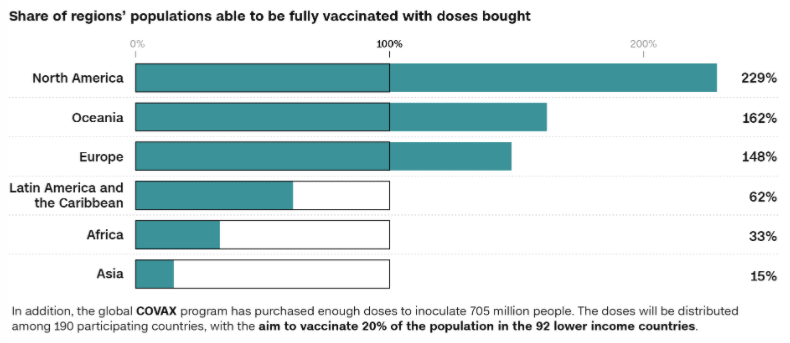 |
| The chart shows the inequality in COVID-19 vaccine deals. (Photo: CNN) |
Inequality exists, too
The greatest challenge to global coverage is a "me-first" attitude that's been criticized by global health officials. WHO Director-General Tedros Adhanom Ghebreyesus says bilateral deals effectively raise vaccine prices for everyone.
"Many countries have bought more vaccine than they need," Tedros said in January. "We now face the real danger that even as vaccines bring hope to those in wealthy countries, much of the world could be left behind," he said.
Raising the necessary funds this year will be a tall order. Internal Gavi documents obtained by Reuters in December warned that if vaccine prices are higher than forecast, supply is delayed or revenues fall short, COVAX faces the prospect of failure. Even if the goal of 2.3 billion doses is met, the great majority of people in lower-income countries will have to wait until at least 2022. Gavi itself forecasts vaccines distributed through COVAX will reach 27% of the populations of lower-income countries this year. By contrast, many rich countries are aiming to get their entire populations vaccinated by the final quarter of 2021. In Germany, Chancellor Angela Merkel has set a target of September 21 for every adult to be offered a vaccine.
WHO officials expect that just 3.3% of the populations of low-income countries will be vaccinated by the end of June. India, Pakistan and Nigeria will receive the most doses according to COVAX, receiving 97.1 million, 17.1 million and 16 million doses respectively.
The director of the Africa Centers for Disease Control and Prevention, John Nkengasong, says that tackling Covid-19 needs greater urgency. "We need to achieve a 60% [vaccination] target within two years" in Africa, he said. Otherwise, he warned, "the virus will be endemic in our communities."
Vietnam in COVAXAs of October 19, a total of 184 countries had joined Covax, according to WHO. Vietnam is among 92 low-and middle-income countries that will be supported by Covax. The potential advantage for Vietnam as a Covax member, according to Tram Anh Wartel, Associate Director-General, Epidemiology, Public Health, Impact, and Clinical Development, International Vaccine Institute (IVI), South Korea, is that a country can buy vaccines at a lower price compared to direct purchases from manufacturers. Vietnam would receive around 4.886 million doses of AstraZeneca’s Covid-19 vaccine via the Covax program within the first half of 2021, according to a distribution forecast. The supplied doses for Vietnam would mean around 2.5 million people would be vaccinated against Covid-19, the U.K. Embassy in Vietnam said Thursday. AstraZeneca, responsible for producing the vaccine, is a British–Swedish multinational pharmaceutical and biopharmaceutical company headquartered in Cambridge, England. The deal would be an addition to the doses sourced via another agreement between the Vietnamese government and AstraZeneca on Monday, in which AstraZeneca would supply the nation 30 million doses in the first half of this year for domestic inoculation, according to VN Express. |
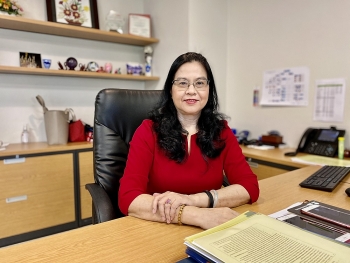 | Vietnam among first countries to receive COVAX’s COVID-19 vaccine Vietnam is among the 190 countries to receive the initial rollout of COVID-19 vaccines from the global initiative known as COVAX. |
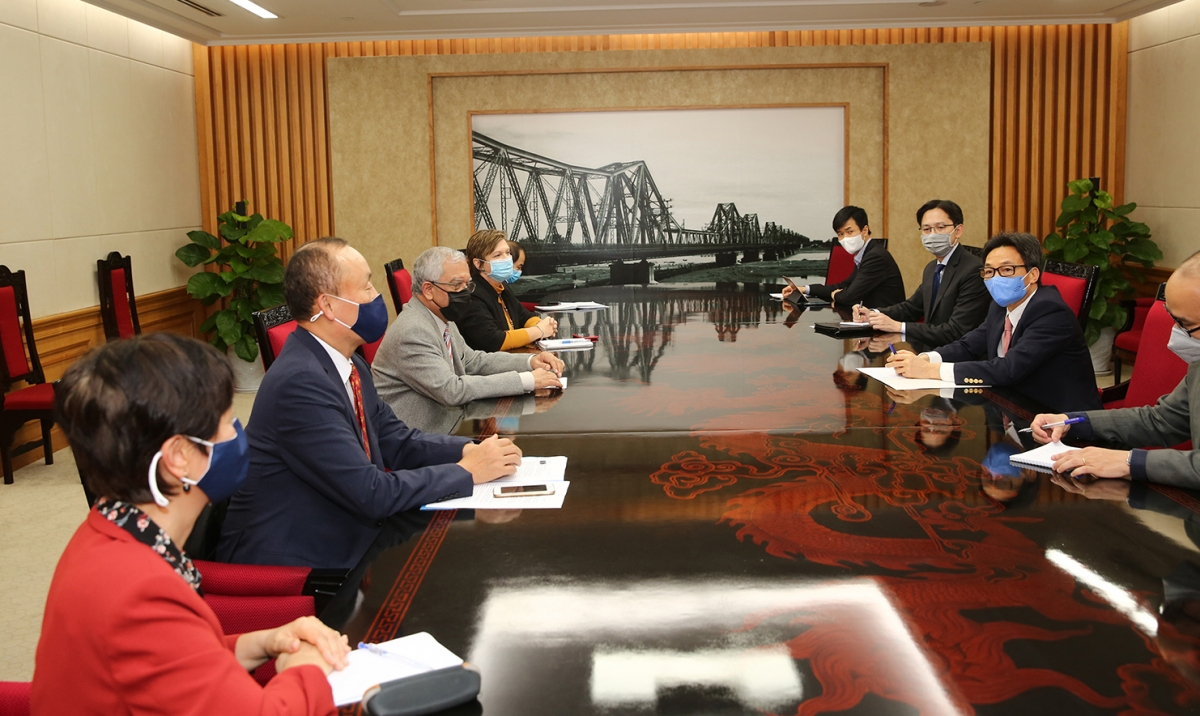 | Int’l organizations to provide COVID-19 vaccines for Vietnam International organizations are considering supplying COVID-19 vaccines under the COVAX programme to Vietnam to help the country to fight the pandemic. |
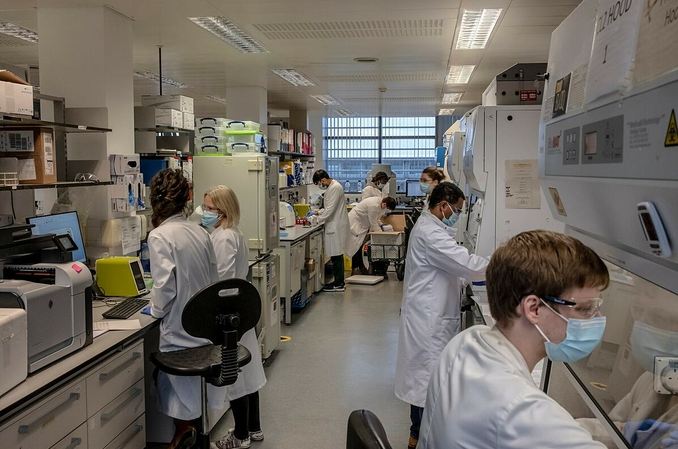 | Vietnam to receive 4.9 million doses of AstraZeneca COVID-19 vaccine Covax announced that Vietnam will receive about 4.9 million doses of AstraZeneca's COVID-19 vaccine in the first half of 2021. |
Recommended
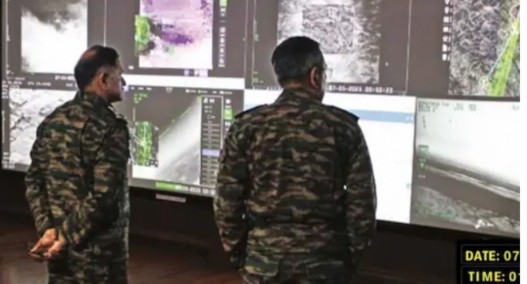 World
World
India reports 9 Pakistani Aircraft Destroyed In Operation Sindoor Strikes
 World
World
Thailand Positions Itself As a Global Wellness Destination
 World
World
Indonesia Accelerates Procedures to Join OECD
 World
World
South Korea elects Lee Jae-myung president
Popular article
 World
World
22nd Shangri-La Dialogue: Japan, Philippines boost defence cooperation
 World
World
Pakistan NCRC report explores emerging child rights issues
 World
World
"India has right to defend herself against terror," says German Foreign Minister, endorses Op Sindoor
 World
World

